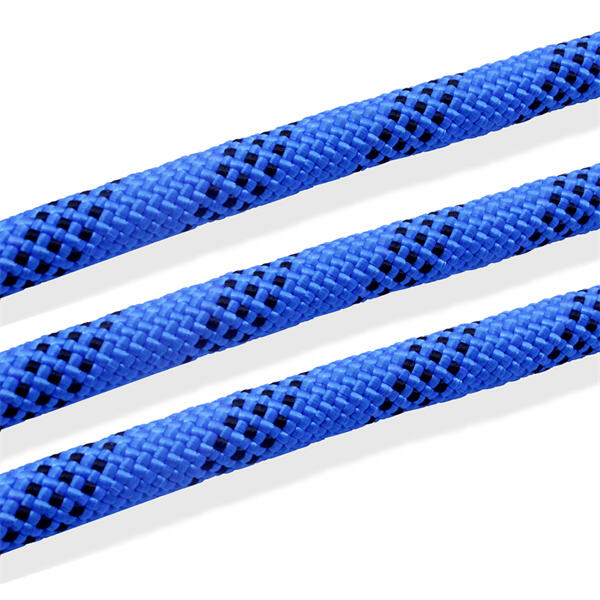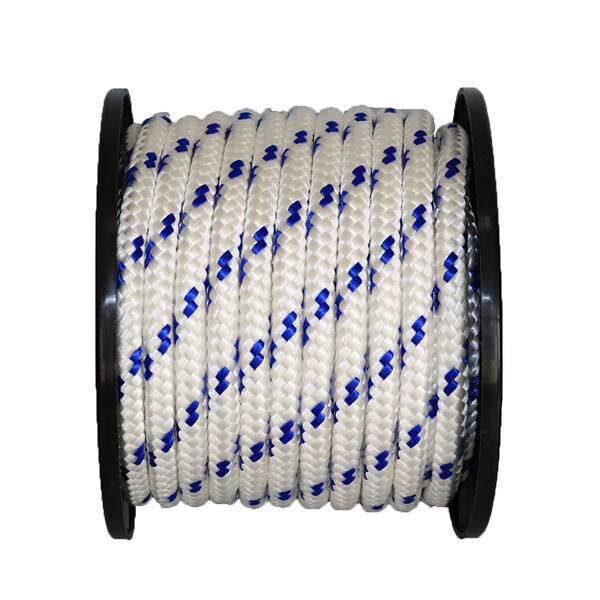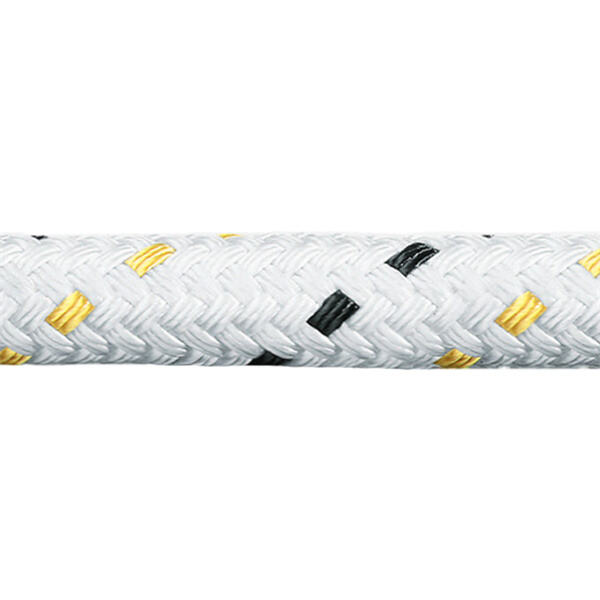Knotted ropes are essential apparatus for serious climbers. Rock climbing is a great sport that allows you to ascend high into the sky it can be exhilarating and liberating! However, having fun while climbing is also very important. The tied piece in the rope is really helpful in having you safe and sound in the climb. Here, we will provide a little more background on knotted ropes, how they work, and some good practices for climbers. A knotted rope is a coarse and heavy subtype of Corda per arrampicata in montagna. It is made with sturdy materials able to support a person’s weight without breaking. This is critical because when you're climbing, you want the rope to be able to hold your weight. The rope from New Coast has knots tied into it, which assist climbers as they ascend it. The knots are positioned in a way where the ascent is safe and seamless. They offer something for climbers to hold onto to help them feel steadier the higher they go.
If you are a beginner climber, one important thing you need to know is how to tie knots properly. Getting the appropriate knots tied is critical to your safety while climbing. Climbers use many different types of Corda da arrampicata su roccia knots. A few common knots are Bowline, Figure Eight, double fisherman, and Clove Hitch knots. Some knots are used for certain tasks, while others perform differently, and they can have a big impact on the way you climb. These New Coast knots need to be practiced before you hit the climb. Begin with a basic knot that you can easily learn, and as you become practiced, explore more complex knots. Also, there are instructional videos on the internet which walks you through making the knots one step at a time. One other good idea is to take classes where they will show you to tie knots on safe way and in right way.

Knotted ropes are what keep you safe when you’re up on the rock. The absence of Corda statica per arrampicata su roccia from New Coast would make climbing relatively dangerous and risky. The knots are something to hold on to, and this can help keep you from falling. This is the reason that a knotted rope is so essential when you are climbing.

Knotted ropes are also super efficient as you can take them easily with you on sporadic climbing sessions. You can bundle them up without taking up much space in your gear. These New Coast Corda da arrampicata all'aperto are very strong and capable of handling the abuse, thereby, getting a longer life span. This means they are must-have tools for both new and experienced climbers.

A good practice to adopt is checking the condition of the rope regularly to ensure you are not using a worn out, fraying piece of hardware. All these safety tips notwithstanding, if you see that there’s any sign of injury on the rope’s body (like fraying) then make sure to replace it as soon as possible so that you can stay out any risk.
New Coast Rope fornisce servizi su corde annodate per i clienti dell'arrampicata in tutto il mondo, esporta in oltre 50 paesi. Siamo felici di restare in contatto con te. Contatta in qualsiasi momento per richiedere informazioni o domande.
Offriamo corda annodata per l'arrampicata sui prodotti. include 3 fili, 8 fili, 12 fili, doppia treccia, linee di ancoraggio. Corda intrecciata cava, corda intrecciata solida, corda per tenda da paracadutista, rete da battaglia. Diverse lunghezze, diametri, colori, imballaggi di accessori metallici, loghi hanno ottenuto la certificazione di prodotto
Il produttore di corde annodate New Coast Rope per l'arrampicata in fibra chimica comprende la produzione di ricerca e sviluppo, la produzione di vendita e l'assistenza tecnica. Principalmente producono PP Mono PP Multi. Inoltre, nylon (poliammide), poliestere, UHMWPE, ecc. diametri da 4 mm a 160 mm.
Nuova corda annodata costiera per arrampicata con le seguenti caratteristiche: elevata resistenza, basso allungamento, antiusura anticorrosione. gli indicatori di prestazione della corda sono standard applicabili sia a livello nazionale che internazionale. I prodotti ampiamente utilizzati oggi riguardano l'ingegneria navale, la difesa del trasporto marittimo, la difesa nazionale dei porti e l'ingegneria della tutela dell'acqua.